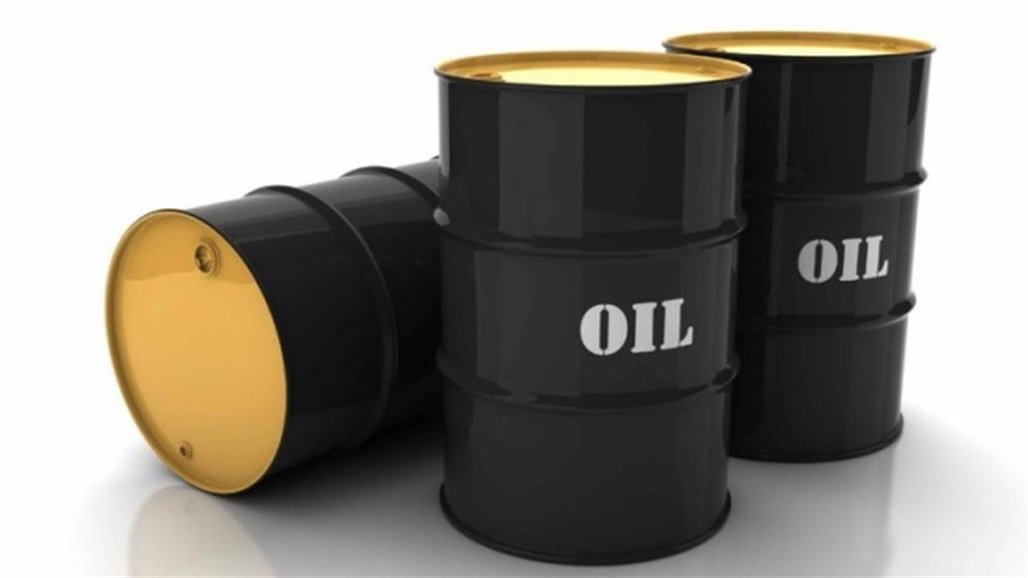The G7 price cap and EU penalties are drawing nearer, but S&P Global Commodity Insights reported on Tuesday that there are rising indications that the curb poses a “minimal threat” to Russian oil revenues because refiners in China, India, and Turkey are anticipated to take in more of the oil. S&P Global Commodity Insights reported that the price of Russia’s main crude exports has been put under more pressure as EU sanctions and the G7 price cap approach despite mounting indications that the curbs represent little threat to Moscow’s resilient output and oil profits.
The G7 nations’ cap on the price of Russian crude oil and the EU’s sanctions are expected to take effect on December 5. The anticipated EU prohibitions and G7 limits on maritime services and financing, according to S&P Global, will cause Russia’s output of petroleum and condensate to decline by 1 million barrels per day between November 2022 and March 2023 or 1.5 million barrels per day below pre-conflict levels.
In the wake of Russia’s invasion of Ukraine, important European consumers have rejected Moscow’s oil, causing Russian crude to trade at record discounts of up to $40 per barrel. Currently, the is being used by refiners in Asia; China and India are the main consumers. There is a greater chance that supply will surpass estimates, according to Paul Sheldon, Chief Geopolitical Advisor for S&P Global. Russia has already had plenty of time to get ready, enhancing its capacity to secure a sufficient fleet of ships and non-Western maritime services.
“A softening of the EU ban on ships not complying with the price cap (if finalized) could increase tanker availability, more sanctions exemptions could arise, and/or a price cap as high as reported levels could cause Russia to hold its nose and maintain supplies, especially if the alternative is damaging shut-ins,” he added. The maximum price at which shippers from G7 and EU states may legally carry Russian crude and products has not yet been decided by the G7 nations, despite discussions lasting nearly five months.

